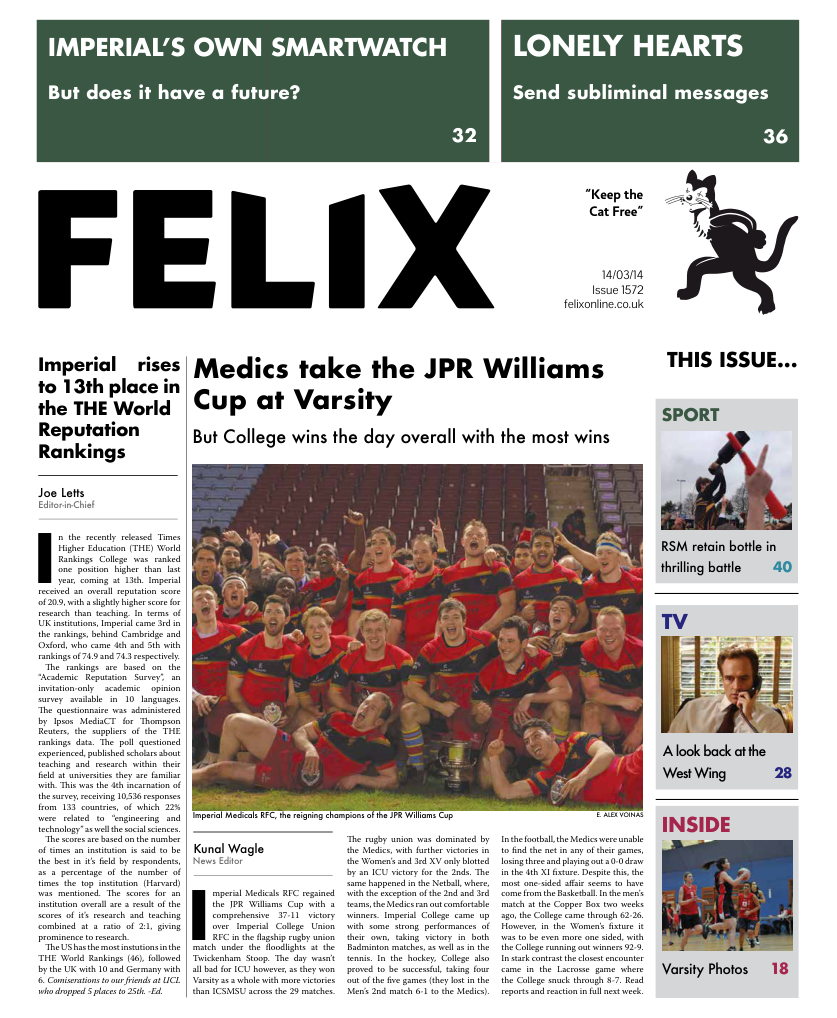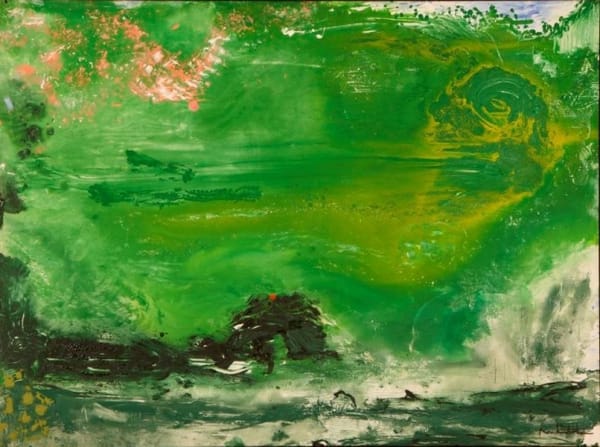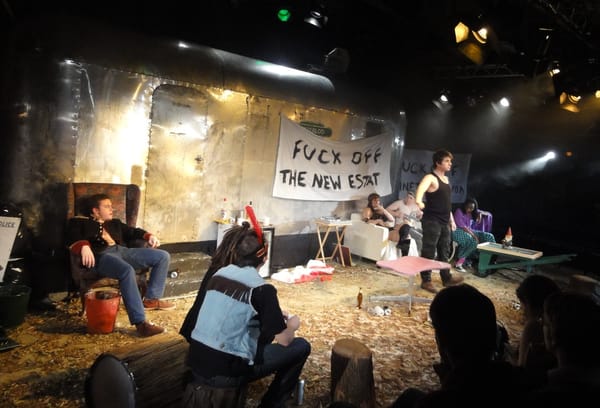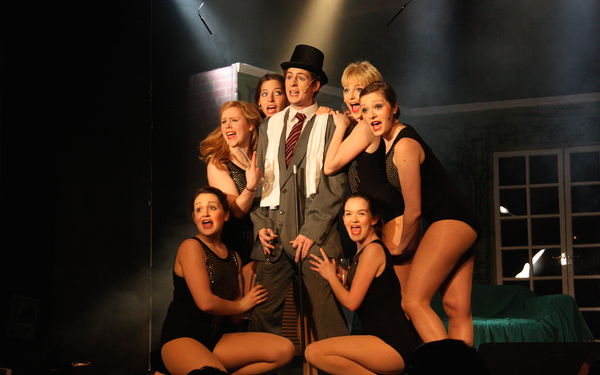Can you sense a space?
Have you ever been lost in a building? I don’t mean in the physical sense.
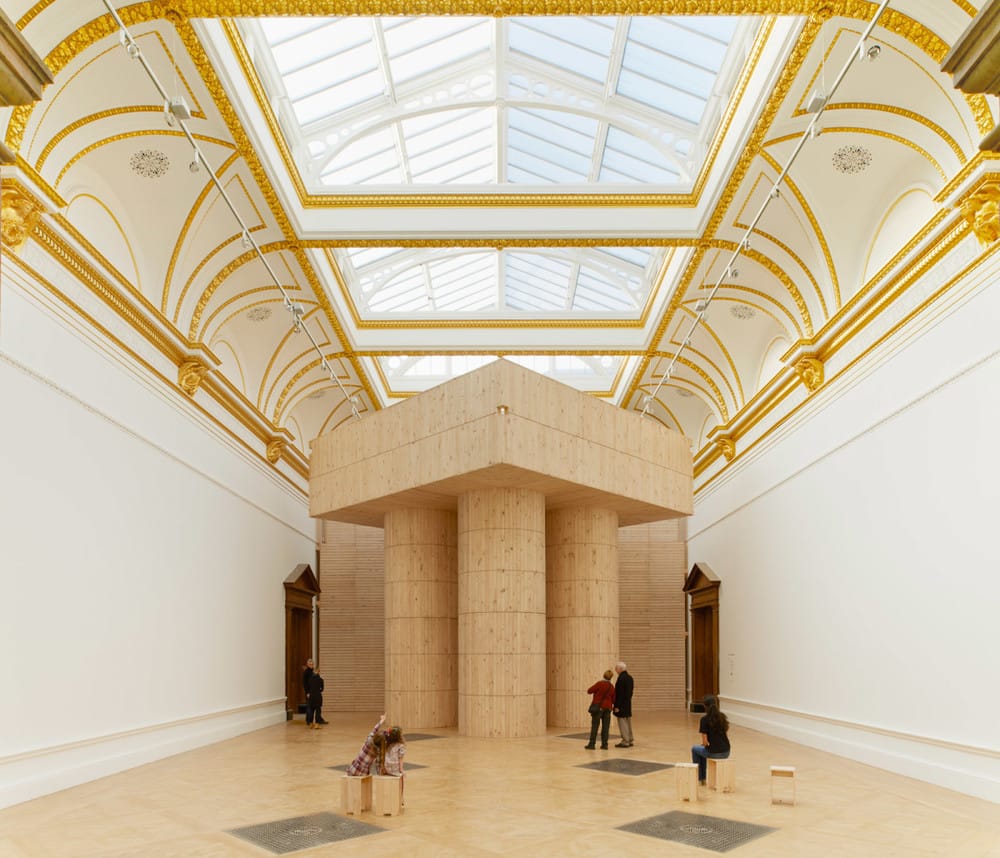
What: Sensing Spaces: Architecture Reimagined
Where: Royal Academy of Arts, W1
When: Until 6th April
Price: £16 adults, £9 students
Have you ever been lost in a building? I don’t mean in the physical sense.
The Sensing Spaces: Architecture Reimagined exhibition at the Royal Academy is a remarkable project, that looks at what happens when you deconstruct a construction and explore its most subtle components. The smell of it, the feel of it. The way that single shaft of light alters the atmosphere of the entire room. The way the sound of your footsteps echoing off the walls reminds you of a different place altogether.
In fact, ‘exploration’ is the perfect word to capture the essence of this venture. It leaves us as viewers to draw our own connections and conclusions with the spaces we move through. Throughout the rooms the focus is more on the human interaction with the built environment than on the structure itself. Pezo von Ellrichshausen’s contribution to the exhibition, a giant treehouse-like structure, is playful and evokes memories of childhood adventures. The still visible pencil marks on the pine boards juxtaposed with the refined Neoclassical décor of the gallery hall give it a certain charm. Visitors are invited to ascend the spiral staircases hidden in the wooden towers, peek through holes, totter down wooden ramps and be twelve years old again. Meanwhile Diébédo Francis Kéré’s comment on the human impact on a structure over time comes in the form of a white tunnel into which visitors are asked to insert brightly coloured straws, the addition or subtraction of each straw representing a change in the environment.
It’s not just about seeing architecture though. It’s about feeling architecture. It is the manipulation of various elements to create an immersive experience, which encourages us to not just occupy a space, but to sense it. Whilst it is true that the installations created by all seven of the contributing architects are visually very striking, there is a greater depth to them, which challenges the notion that architecture is a purely visual experience.
Walk into Kengo Kuma’s room of metaphorical bamboo flames licking the ceiling and you are transported to a Japanese temple, the aroma of hinoki and tatami hanging thick in the air around you. But you might not identify the smell exuding from the curved sticks as being that. You might be transported to IKEA instead (as my friend was). Whilst the architect associates the smell with peaceful sleep, you might associate it with cheap flat-pack furniture. A fine example of architecture as a human experience; different humans, different experiences.
My personal highlight is Li Xiaodong’s wooden maze, reminiscent of his LiYuan Library in Beijing, itself a mesmerizing piece of architecture. You walk silently through a labyrinth of corridors and cubby-holes, walls of dark firewood around you and the dim white glow of the lighted floor beneath you, until you reach an enigmatic garden with mirrored walls and crunching pebbles. Suddenly you are very aware of your presence, confronted by your reflection and your disturbance of the silence with every step you take. It really is a surreal experience.

